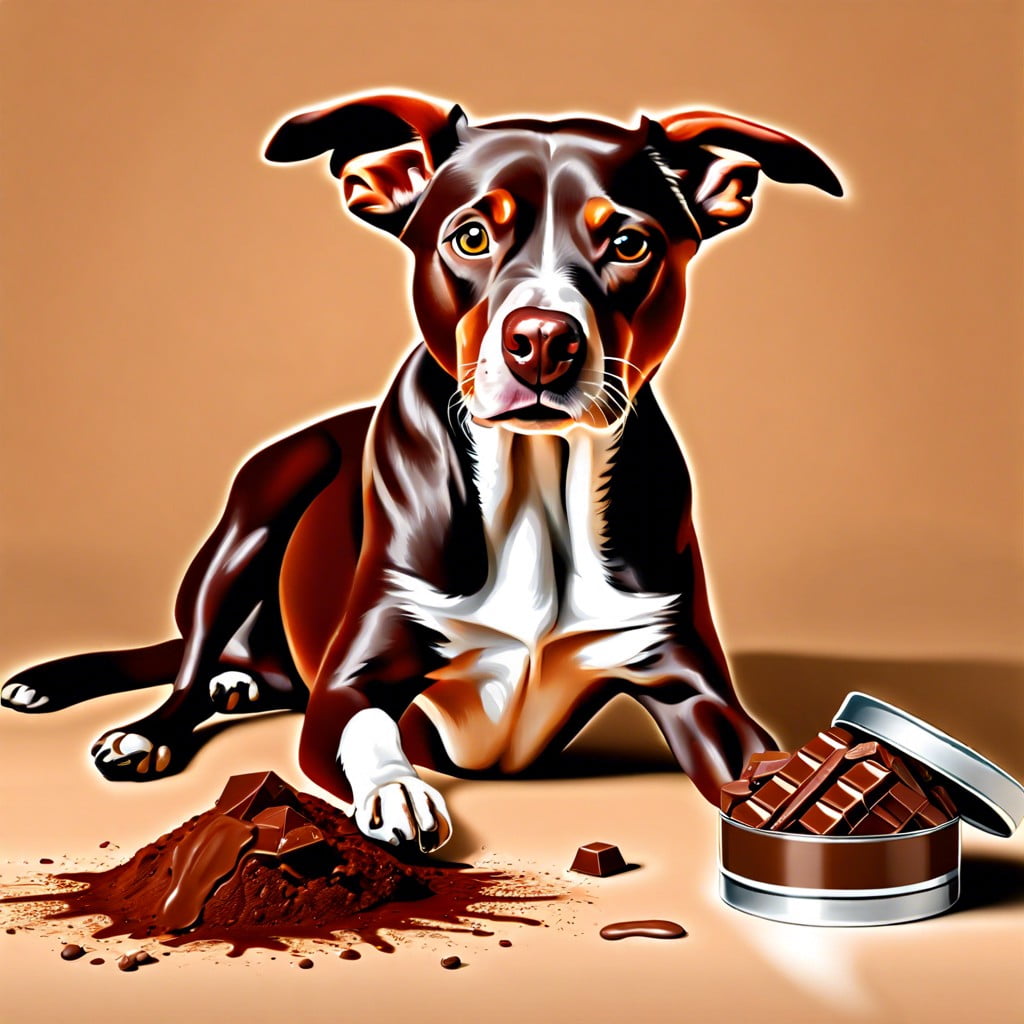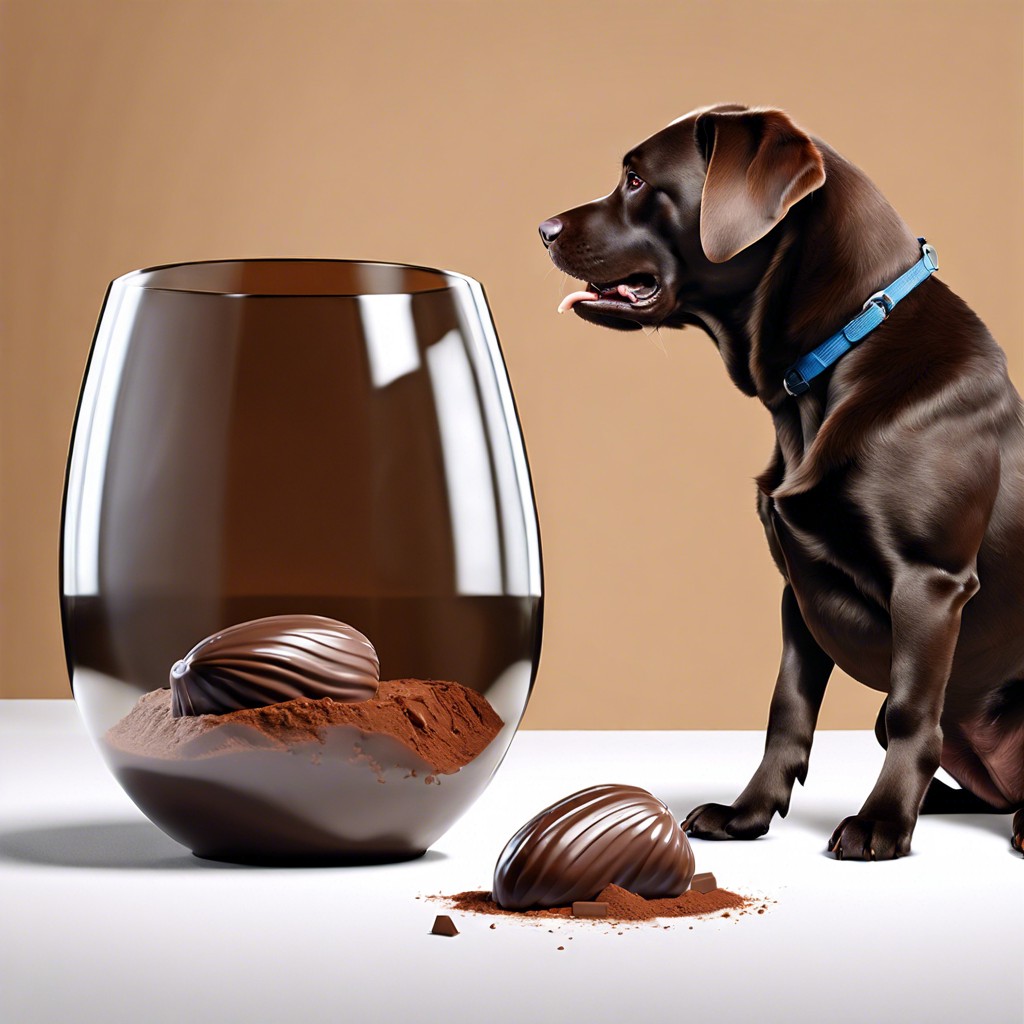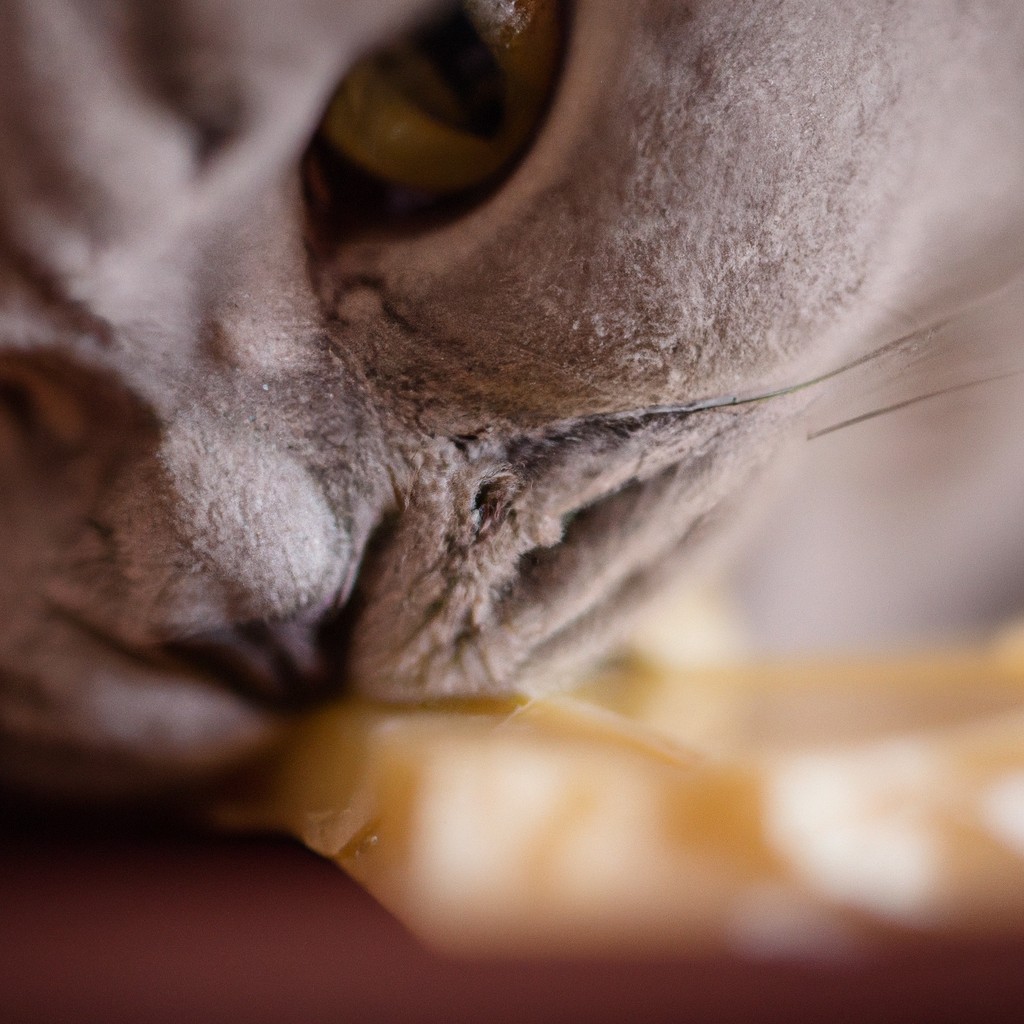Learn what steps to take if your dog has ingested chocolate, including how to identify signs of toxicity and when to seek immediate veterinary care.
Key takeaways:
- Dark chocolate and baking chocolate are more toxic to dogs.
- Remove chocolate and monitor dog for symptoms.
- Contact your veterinarian or pet poison helpline.
- Provide clear information about the chocolate ingested.
- Seek veterinary attention if symptoms appear or high amount ingested.
Inside
Why Chocolate Is Toxic to Dogs

Chocolate contains theobromine and caffeine, both of which belong to a group of chemicals called methylxanthines. While humans can metabolize these compounds efficiently, dogs process them much more slowly, allowing toxic levels to build up in their system.
A high dose of methylxanthines can lead to a range of symptoms, from mild gastrointestinal upset to severe neurological dysfunction and cardiac issues. The level of toxicity varies depending on the type and amount of chocolate ingested and the size of the dog.
Dark chocolate and baking chocolate contain higher levels of theobromine and caffeine, thus posing a greater risk than milk chocolate. White chocolate contains negligible amounts of these substances but still should be avoided.
Immediate Actions to Take If Your Dog Eats Chocolate
Assess the situation quickly by determining the amount and type of chocolate consumed. Dark chocolate and unsweetened baking chocolate contain higher levels of theobromine and caffeine, which are the toxic compounds to dogs.
Remove any remaining chocolate from the dog’s reach immediately to prevent further consumption.
Gather information on your dog’s weight, the type of chocolate ingested, and the approximate amount. This will be crucial for the veterinarian to know.
Monitor your dog for symptoms such as restlessness, increased heart rate, vomiting, diarrhea, and seizures.
Call your veterinarian or a pet poison helpline for advice. Have the chocolate wrapper handy, as it may provide important information about the chocolate type and ingredients.
Do not induce vomiting or give any home remedies unless specifically instructed by a professional. This could cause further harm to your dog.
Contacting Your Veterinarian
If you suspect your pet has ingested chocolate, reach out to your vet immediately. Provide clear information about the type and quantity of chocolate consumed, as well as the size and breed of your dog. These details are crucial for your vet to assess the severity of the situation.
Your vet may advise you to monitor your dog at home if the amount ingested is small or they may recommend you bring your dog in for examination and potential treatment. Remember, time is of the essence when dealing with chocolate ingestion, and a swift conversation with your vet can make all the difference.
Keep emergency contact numbers handy for any after-hours incidents.
When It’s Time to Visit the Vet
Monitoring your pet closely after they have ingested chocolate is crucial, as symptoms may appear within six to twelve hours. These can include excessive thirst, vomiting, diarrhea, a rapid heart rate, agitation, and seizures.
If any of these symptoms manifest, or if you know the consumed quantity of chocolate was high, especially if it’s dark or baking chocolate, do not delay seeking professional help. Likewise, in cases when the amount ingested is uncertain, or if your dog is young, small in stature, or has pre-existing health conditions, prompt veterinary attention is necessary.
Veterinarians can provide treatments such as inducing vomiting, administering activated charcoal to prevent further absorption of theobromine, and providing supportive care including intravenous fluids. Remember, early intervention is the key to safely managing chocolate ingestion in dogs.
How to Prevent Your Dog From Eating Chocolate
Store all chocolate products in closed, unreachable cabinets or pantry spaces. Ensure that these storage areas are secure enough to resist curious paws and snouts.
Educate all household members, especially children, about the dangers of chocolate to dogs and the importance of keeping treats out of their reach. Remind them to immediately dispose of wrappers and containers that could still harbor chocolate residue.
Use dog-proof trash cans with secure lids to prevent your dog from scavenging for chocolate or chocolate-containing items that have been thrown away.
Be vigilant during holidays like Easter, Halloween, and Christmas when chocolate is more prevalent in the home. Consider creating a dog-free zone where chocolate is present during these times.
Train your dog with commands like “leave it” or “drop it” to discourage them from picking up chocolate or anything else that could be harmful.
Always supervise your dog when they are in environments where chocolate might be accessible, such as at parties or gatherings. Keep treats on high surfaces and be mindful of guests who might inadvertently offer chocolate to your pet.




